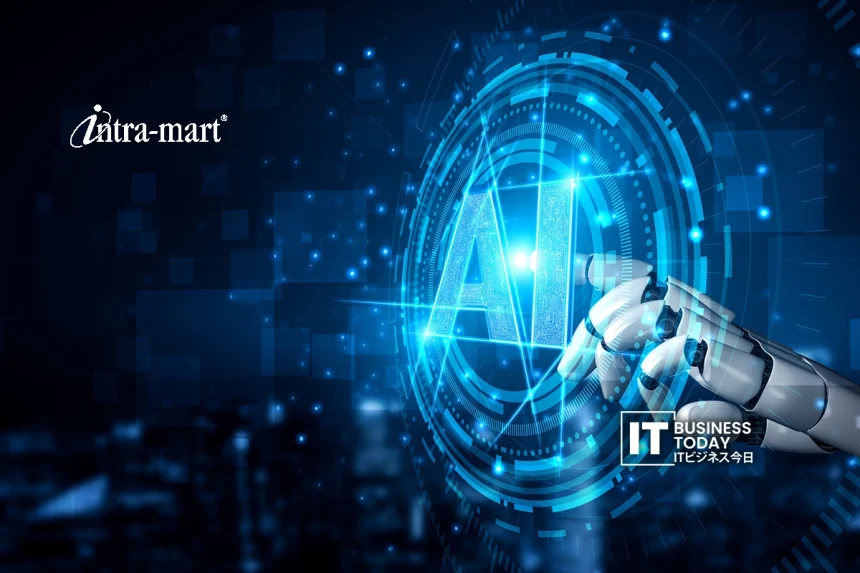The company behind Yahoo! Japan, LINE Yahoo, has just announced a very bold strategy: all ~11,000 employees will be required to use generative AI for everyday work. The target is ambitious: to double work productivity within the next three years.
This decision is a key moment for LINE Yahoo and probably for the whole Japanese tech sector. The company plans to integrate generative AI into its workflow. This will free up employees to focus on innovation and important tasks. At the same time, it will automate or simplify routine chores that take up too much time.
Key Details of the Initiative
LINE Yahoo starts its plan with research/search, document creation, and meetings as tasks that together account for approximately 30% of an employee’s time.
Also Read: HPE and NVIDIA launch secure AI factories for Enterprises
It set up clear internal rules for governing the usage of AI:
Research & Search: Employees have to “ask AI first” before resorting to old-fashioned searching.
Document Creation: Zero-base creation is discouraged, with workers starting out by having AI generate outlines. Once a draft is ready, editing and refinement are also done using AI.
Meetings: AI prepares the agenda before a meeting. During the meeting, AI generates the minutes, and only necessary participants are invited to attend.
In support of this shift, LINE Yahoo provides all its staff with ChatGPT Enterprise accounts.
Employees are also mandated to undergo compulsory e-learning courses on the topic of risk management and prompt engineering. Passing a test is a precondition for generative AI use at work.
The company now has “AI utilization promoters” in all departments, and LINE Yahoo will further encourage participation with internal awards and an ambassador program. More than 35 internal efficiency projects using generative AI are underway as of July 14, 2025, according to the company.
Implications for Japan’s Tech Industry
AI Adoption at Scale as a Model for Other Firms
LINE Yahoo’s approach could, therefore, be a blueprint for big Japanese corporations. While many firms have been experimenting with AI, few have publicly committed to company-wide mandatory use. It could lead to the next wave of generative AI beyond tech-native firms, especially in those enterprises that have struggled with digitization.
A Productivity Revolution
Japan has been suffering from chronic productivity problems, including an aging workforce and labor shortages. As LINE Yahoo seeks to automate routine, repetitive jobs such as internal research, minute taking, and report drafting, these could unlock massive efficiency gains. If successful, this model could help other firms free up human effort toward strategic and creative work — potentially addressing structural productivity problems in Japan’s economy.
Improving AI Literacy and Competency
Requiring AI usage throughout the entire workforce accelerates workforce upskilling. Compulsory training and practical application make staff aware of prompt design, risk mitigation, and workflows that involve AI assistance. This is likely to increase the general AI literacy threshold over time across Japanese enterprises and better position the country for a competitive advantage in AI-driven business innovation.
Fostering Innovation and New Business Models
With regular tasks relegated to AI, employees might now have more bandwidth and mental space to innovate. LINE Yahoo itself has already implemented over 50 generative AI-powered features in its services.
As these internal projects mature, they could spawn new products or business lines-reinforcing the company’s mission to be a “life platform” that delivers value and delight to users.
Risks and Challenges
Offsetting the upside, however, LINE Yahoo’s strategy is not without risks – both technical and cultural.
Overreliance on AI: This can result in errors or biased outputs from generative AI when proper human oversight is not applied, especially in decision-relevant tasks.
Change Resistance: “Forced” AI adoption can meet resistance among employees who are more comfortable with traditional workflow patterns. It will be important in these cases that trust be established along with clear incentive structures.
Data Governance: Using internal data with AI workflows can lead to big privacy and security risks. To reduce these risks, strong governance frameworks are key. They help prevent misuse and data breaches.
Measuring Real ROI: Doubling productivity is a big goal. It needs more than just a launch. To succeed, keep people engaged. Also, improve continuously and measure precisely.
Broader Business and Economic Impact
If the experiment of LINE Yahoo succeeds, the ripple effects could be broad.
Corporate Japan may be next, turning generative AI from an optional experiment into a standard tool.
Tech Ecosystem: More companies want AI tools. This could spark innovation in Japan’s AI software market.
Labor Market: Companies are shifting repetitive tasks to AI. This change may rebalance labor demand. More roles will focus on strategy, creativity, and AI supervision.
National Competitiveness: Japan can boost its global standing in AI-heavy industries by increasing productivity and fostering scalable innovation.
Conclusion
Requiring all 11,000 employees at LINE Yahoo to use generative AI is thus a watershed moment in the corporate technology landscape of Japan. It speaks to an unparalleled level of belief: AI isn’t just an enabler of better productivity but a structural facilitator of creativity, innovation, and long-term business transformation. If this move lives up to its promise of doubling productivity, this could be a strong model for other Japanese companies to embrace AI at scale. But success will depend on more than technology-it will require cultural change, strong governance, and a commitment to building human-AI collaboration, not just automation. As global competition heats up in the AI era, LINE Yahoo’s gamble could help reposition Japan not just as a user of AI but as a pioneer in how large, traditional firms rethink work.







